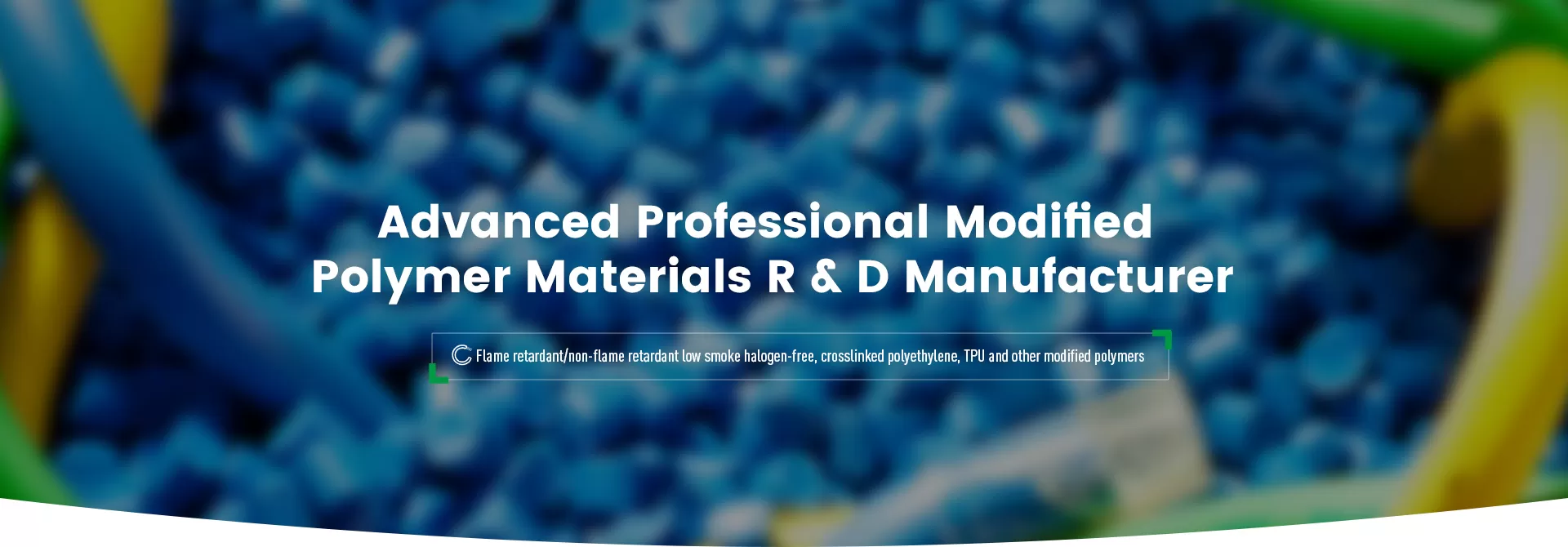

High Density Polyethylene (HDPE) is a thermoplastic polymer made from ethylene through a polymerization reaction. Its molecular structure has fewer branching chains and a tighter molecular arrangement, resulting in a higher density, usually between 0.94 and 0.97 g/cm³. This structure creates HDPE's properties of high strength, good toughness and durability.
1.Mechanical properties
High impact resistance: able to withstand external impacts without rupturing easily, especially suitable for scenarios against external mechanical pressures.
Rigidity and flexibility: although highly rigid, it still possesses a certain degree of flexibility at specific temperatures, making it easy to process and apply.
2.Chemical And Thermal Properties
Resistant to chemical attack: can be used for a long time in acidic and alkaline environments without being affected.
High and low temperature resistance: Suitable for stable performance in temperature difference environments ranging from -40°C to 80°C.
3.Electrical Properties
Strong insulating properties: Its low dielectric constant and high resistivity make it the preferred material for cable insulation.
4.Environmental Properties
Fully recyclable: HDPE products can be reprocessed into new products after use, reducing the waste of resources.
HDPE material can be adapted to a variety of manufacturing processes, and can be flexibly selected according to the product requirements of the appropriate processing methods.
Injection molding: suitable for the production of complex shapes of accessories, such as bottle caps, tool shells and so on.
Blow molding: mainly used for the production of hollow products, such as plastic bottles, liquid storage tanks and so on.
Extrusion molding: suitable for the continuous production of products such as tubes, cable jackets and films.
Rotational molding (rotomolding): for the manufacture of large-size hollow products, such as water storage tanks and transportation facility housings.
These processes give HDPE great market adaptability, enabling it to meet diverse industrial needs.
1. Packaging Industry
HDPE is widely used for packaging of food, industrial chemicals and agricultural products due to its strength and safety.
Food packaging: such as milk bottles and beverage cans, HDPE is non-toxic and odorless to ensure food safety.
Industrial chemical packaging: such as chemical drums and lubricant containers, where corrosion resistance makes it safe to store chemical liquids.
Agricultural film: HDPE film is used to cover crops and the ground, helping to prevent water loss and weed growth.
2. Infrastructure And Construction
HDPE is mainly used in the construction field as a durable base material and environmentally friendly engineering material:
Water supply and drainage pipes: HDPE pipes are corrosion-resistant and have a long life, and are commonly used in urban water supply systems and sewage treatment projects.
Geotechnical materials: such as seepage control membranes, widely used in landfills, mines and water conservancy projects to provide efficient seepage control barriers.
Roof waterproofing membranes: waterproofing membranes made of HDPE are not only easy to construct, but also resistant to ultraviolet rays.
3. Cable and Communication Industry
The application of HDPE in cable sheathing and insulation is very representative:
Insulation: HDPE's excellent electrical insulation ensures the long-term safe operation of cables.
Sheathing: Its abrasion resistance and UV resistance make cables more reliable when used outdoors or underground.
Fiber optic communication: HDPE is used in the sheath of fiber optic cables to provide mechanical protection and environmental resilience for communication equipment.
4. Consumer And Household Products
In daily life, the safety and durability of HDPE products make them popular:
Children's toys: Safe, non-toxic HDPE is ideal for children's products such as building blocks and plastic dolls.
Storage containers: From small organizers to large storage bins, HDPE containers bring convenience to home life.
Outdoor facilities: such as garden chairs and garbage cans, HDPE is weather-resistant and can be used for a long time in various climatic conditions.
5. Automobile And Transportation Industry
In automobile manufacturing, HDPE is widely used because of its light weight and high performance:
Fuel tanks and lines: chemical resistance allows for long term exposure to fuel without deterioration.
Automotive accessories: such as bumper liners, fenders and protective parts, HDPE's impact resistance meets the needs of automotive safety performance.
6. Environmental Protection And Energy Field
With the development of green energy, HDPE becomes a key material for photovoltaic, wind energy and marine engineering:
Photovoltaic cable sheaths: provide high strength protection in harsh environments to ensure long-life cable operation.
Marine buoys and pipelines: resistance to salt water corrosion makes it ideal for marine engineering.
Angreen's polyethylene is used in the production of a wide range of wire and cable jackets and insulation, and can be supplied in HDPE, MDPE, LDPE, Flame Retardant Polyethylene, halogen free polyethylene, and cross-linked polyethylene.